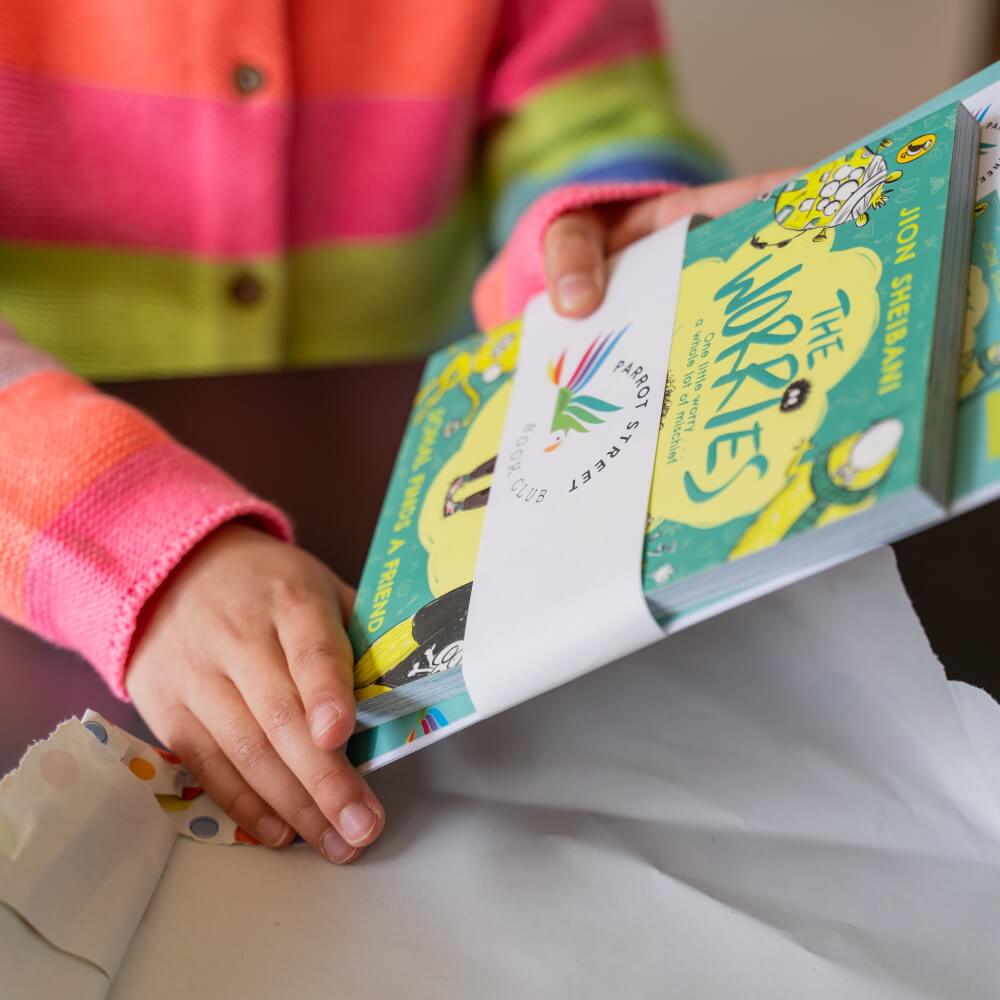Investigate how a steam engine is powered
Very simply, a steam locomotive works by burning coal to heat water in a big tank called a boiler, which makes steam. The steam builds up air pressure and this pressure pushes on parts inside the engine to turn the wheels and move the train forward.
We've included a more detailed video explanation below, but first it's time to try an experiment which will enable you to demonstrate the power of air pressure!

You will need:
- An empty plastic bottle
- A skewer or sharp scissors
- The straw from your pack
- Sticky tack or play dough
- The balloon from your pack
- A glass

1. Use the skewer to create a hole in the side of the bottle. Position it so that the straw will reach almost to the bottom when pushed inside.
2. Make the hole just large enough to slide the straw into the bottle but no bigger. Check that the straw fits and then remove it.
3. Fill the bottle with water to a level just under the hole.

4. Slide the straw back into the bottle. Create a seal by surrounding the straw with sticky tack to ensure no air or water can escape from inside the bottle other than via the straw.
5. Place a glass under the open end of the straw.

6. Blow up the balloon, do not tie it, and then place it around the open neck of the bottle. Make sure you keep the balloon pinched closed so that no air escapes.
7. When you’re ready, release your hold on the neck of the balloon and watch what happens!
How does this help explain how steam engines are powered?
When you blew up the balloon, your lungs were replicating the furnace which is used to heat water and turn it into steam.
In your experiment, the air from the balloon rushed into the bottle, pushing most of the water and air already in the bottle out via the straw.
In a steam engine, the pressure this steam creates is used to push a piston (a disc that fits tightly within a tube but can slide forwards and backwards). Once the hot air is released the piston returns to its original position, then more steam forces it forward again. This continual movement of the pistons backwards and forwards powers the engine by turning an attached wheel or wheels.
This video offers a great explanation of the different parts of a steam locomotive and how they work to turn the wheels and power it forward:







